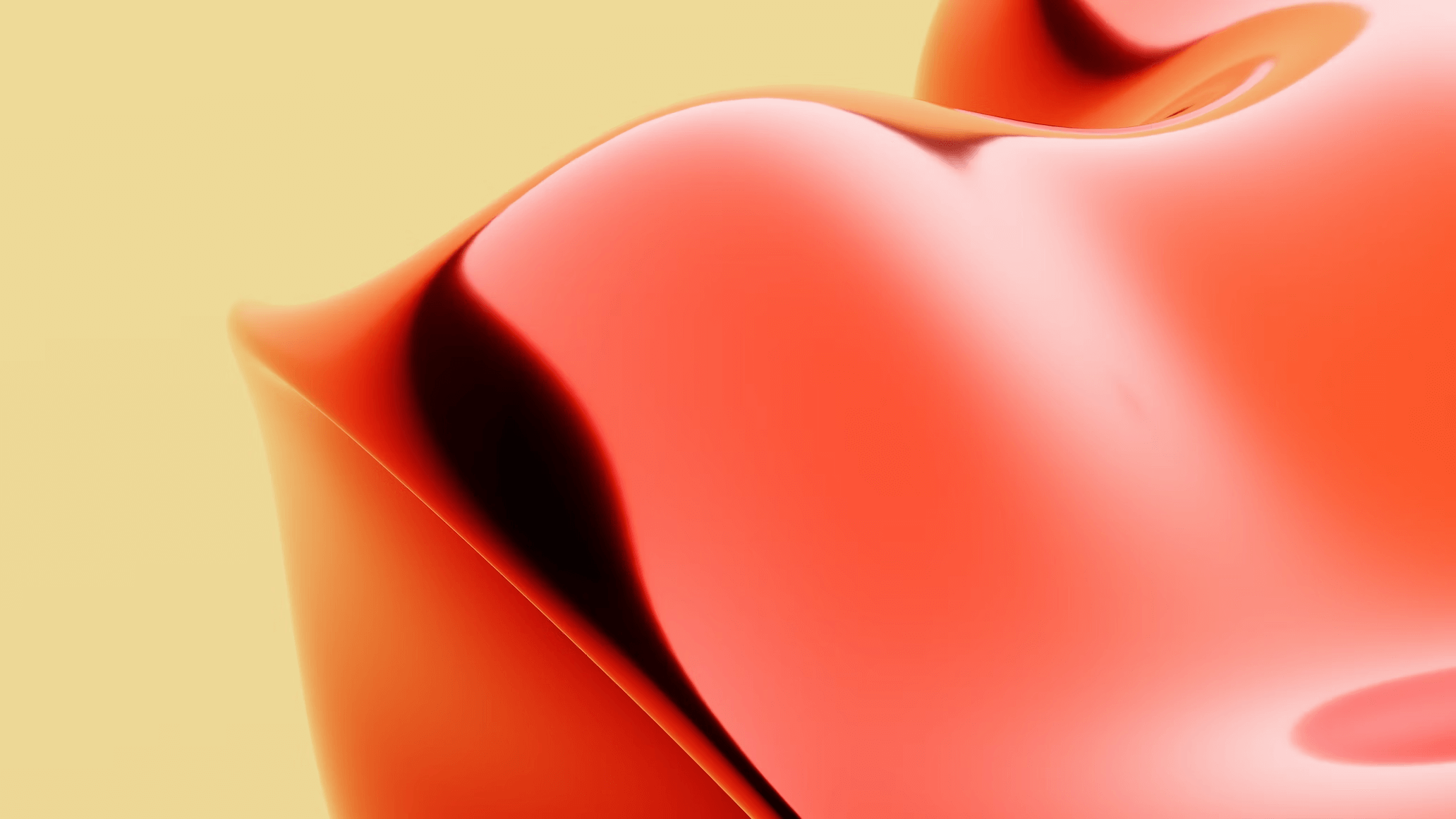
Sculpture: The Art of Carving Beauty
History and Development of Sculpture
Sculpture, one of humanity’s oldest art forms, has existed since prehistoric times. The earliest sculptures were often created from natural materials such as stone, wood, bone, and ivory, reflecting the lives and beliefs of people of that era. Over thousands of years, sculpture has undergone many stages of development, influenced by various cultures, from classical Greek and Roman sculpture to Buddhist and modern sculpture… each period leaving its own distinct mark and contributing to the rich diversity of sculptural art.
Main Sculpture Techniques
Subtractive Sculpture: This technique involves carving a shape from a large block of material, removing the excess to create the desired form. This technique requires meticulous precision and extensive experience from the artist.
Relief Sculpture: This technique involves carving shapes that project from a flat surface, creating depth and spatial dimension to the artwork. This technique is often used in decorative works on walls, stone tablets…
Round Sculpture: This is a 3-dimensional sculpture, complete from all viewing angles. Round sculptures can stand independently and are admired from all perspectives.
Assemblage Sculpture: This technique involves combining many small pieces of material to create a complete artwork.
Materials Commonly Used
The materials used in sculpture are diverse, including: stone (marble, granite…), wood, metal (copper, iron, aluminum…), clay, cement, composite resin, and even recycled materials.
Famous Sculptures
The history of world sculpture features many immortal works. Examples include Michelangelo’s David, the Statue of Liberty, the Guanyin statue… Each artwork carries a story, a message, and is an endless source of inspiration for sculptors.
Modern Sculpture and Development Trends
Modern sculpture shows a break with tradition, with diversity in materials, techniques, and styles. Modern artists don’t just use traditional materials; they also use many new and unusual materials and incorporate modern technology into their sculptures. This opens up a new and creative path for sculptural art.
Conclusion
Sculpture is a vibrant art form, constantly evolving and developing. From ancient to modern sculptures, they all possess unique artistic and cultural value. Exploring and discovering sculptural art will help us better understand history, culture, and humanity.
RELATED POSTS
View all
